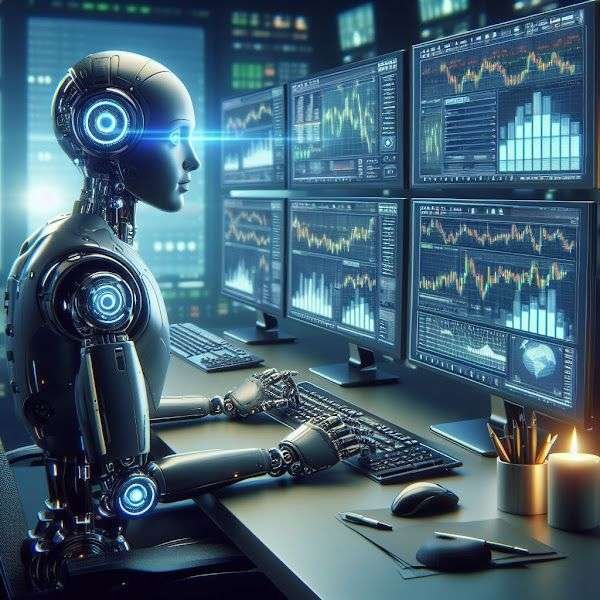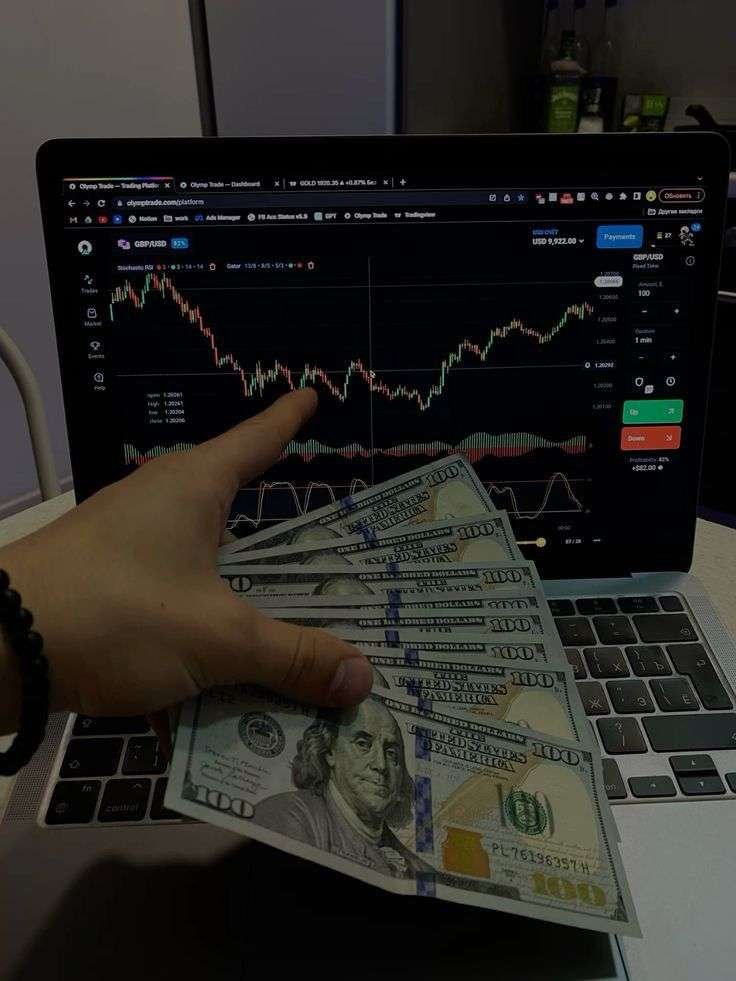
In today’s fast-paced financial world, technology has revolutionized the way we trade. One of the most powerful tools shaping the future of investing is Artificial Intelligence (AI). From analyzing market trends to executing trades automatically, AI is transforming how traders—both big institutions and individuals—approach the market.
But what exactly is AI trading, and how does it work? Can anyone use it? Let’s dive into the world of trading with AI, how it works, its benefits, and some challenges to watch out for. “www.growthminds.com”
AI trading, also known as algorithmic or automated trading, involves using computer programs that can analyze data, learn from it, and make trading decisions—just like a human, but faster and more accurately. These programs rely on machine learning, deep learning, and data analysis to predict market movements and execute trades.
In simple terms, AI helps traders by:
AI trading uses a mix of historical data, real-time market data, and complex algorithms to make decisions. Here’s a simple breakdown of how the process works:
AI brings a long list of advantages to traders, including:
AI can process data and place trades in a fraction of a second, much faster than any human trader.
Humans often make emotional decisions—panic selling or greedy buying. AI sticks to logic and data.
Unlike human traders, AI doesn’t need sleep. It can monitor global markets round the clock.
AI can identify complex patterns that are difficult for the human eye to catch, improving accuracy in predictions.
Traders can test their strategies using historical data to see how the AI would have performed before using real money.
There are many tools and platforms offering AI trading features. Some popular ones include:

These platforms are often beginner-friendly and come with tutorials and temple.
AI trading is especially popular in the crypto market due to its high volatility. AI bots are used to:
Platforms like 3Commas, Mudrex, and Shrimpy are making AI trading accessible even to small investors in the crypto space.
Absolutely. If you’re interested in coding or AI development, you can build your own bot using Python and libraries like:
pandas and numpy for data handlingscikit-learn or TensorFlow for machine learningYou can teach your bot to analyze price charts, identify patterns, and execute trades based on your custom strategies. It’s a great project for students or aspiring developers who want to get into fintech.
Even though AI brings a lot of advantages, it’s not foolproof. Some risks and challenges include:
AI depends on data. Poor or outdated data can lead to bad decisions.
Sometimes, AI models are too focused on historical data and don’t perform well in live markets.
AI might fail to respond correctly to sudden market events like political news, natural disasters, or black swan events.
Understanding how the AI makes decisions can be tough, especially with deep learning models. This makes debugging difficult if something goes wrong.
Glitches or bugs in the code can result in losses. A single wrong command can lead to multiple incorrect trades.
So, while AI trading is powerful, it still requires careful monitoring, risk management, and human supervision.
As technology advances, AI in trading will only get smarter and more widespread. We can expect:
Even regulatory bodies are using AI to monitor market activities and detect fraud. So the future of finance is deeply tied to AI.
AI is not just a trend—it’s the future of trading. Whether you’re a casual investor, a student interested in fintech, or a seasoned trader, understanding how AI works can give you an edge in the market.
With the right tools, strategies, and awareness of risks, trading with AI can be both profitable and exciting. Just remember, no AI system is perfect, and a successful trader still needs to combine data with discipline.
If you’re thinking of trying out AI trading—whether by using a bot or building your own—now is the perfect time to explore this rapidly growing field.

